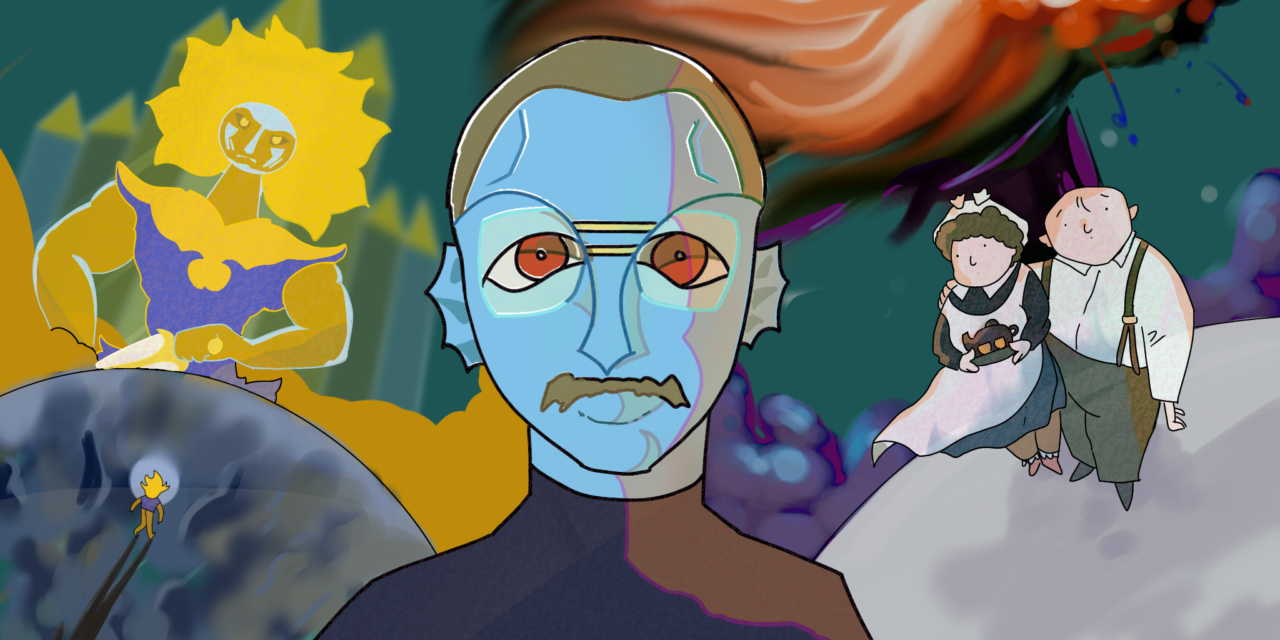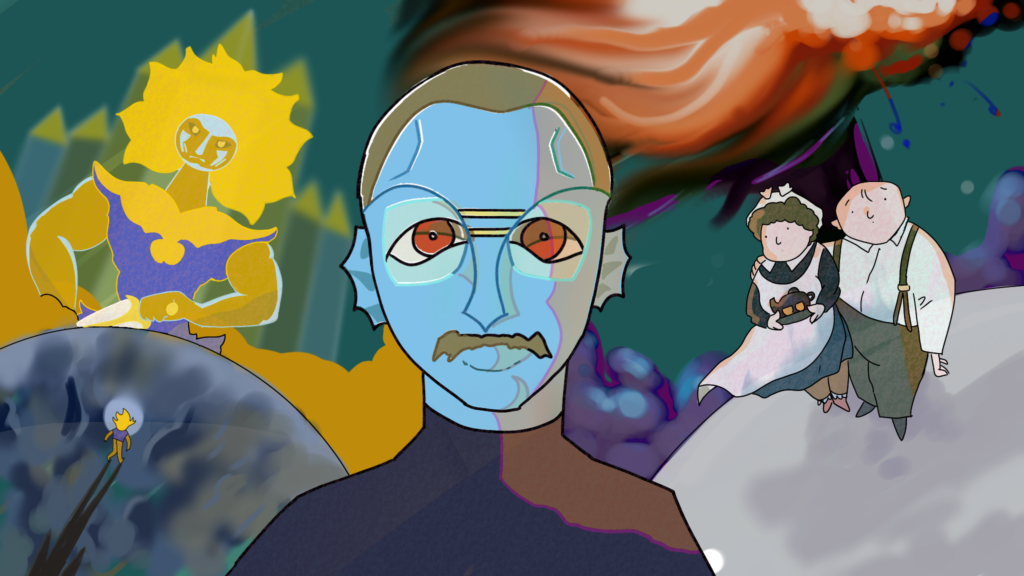
Ha-Tien Nguyen / Staff Illustrator
An image, a drawing, or a pic,
In motion, either slow or quick.
Can be a source of glee,
Or challenge thee
To find some truth in a flick.
Animation has amazed children and adults alike, bringing viewers into beautifully-crafted imaginative worlds while also tackling difficult themes like destiny and mortality. However, by considering only animated films from North American or East Asian companies, such as Pixar or Studio Ghibli, it’s easy to simplify the complexities of the genre. So, from the depths of my collection, here are a few animated films from Europe that are sure to inspire, shock or leave you in awe.
1973 was a monumental year for cinema, from horror classics like “The Exorcist” to action-packed flicks like “Live and Let Die.” The year’s significance is further evident when considering the lineup for the 1973 Cannes Film Festival. The roster not only includes François Truffaut’s “Day for Night” and Alejandro Jodorowsky’s “The Holy Mountain,” but also the critically-acclaimed “Fantastic Planet,” which won the Special Jury Prize at the festival.
This René Laloux-directed French film explores the lives of two combating species on the planet Ygam: Oms, which are human-like beings, and Draags, which are blue giants with bright, red eyes. The film focuses on one Om named Terr (Eric Baugin and Jean Valmont), who escapes capture from the Draags and, using their knowledge, attempts to teach other Oms to stage a revolution.
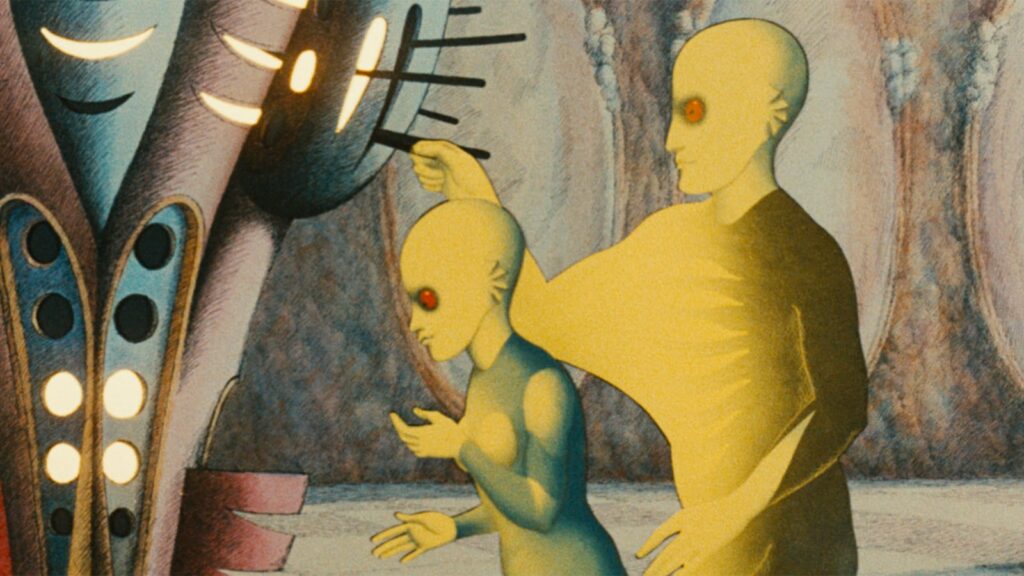
Courtesy of the Criterion Collection.
While the Oms and the Draags possess distinct styles, with the shading of the Draags’ faces further adding to their intimidating nature, the world as a whole is filled with unique designs. From the ornate architecture of the Draags’ homes to the hybrid predators of Ygam, there is rarely a shot in the film that doesn’t catch your eye. Furthermore, Terr is such a complicated character, one whose mother was killed by a Draag and treated as a pet by the daughter of that same Draag. His desire for freedom and the safety of his species translates into deeper discussions on power imbalances, fueling further engagement for viewers and critics alike.
“Fantastic Planet” is a beautifully surreal, philosophical look at power structures and the role of knowledge in establishing, as well as deconstructing, them.
‘Son of the White Mare’ (1981)
Fairy tales and folklore have historically been key components to animation. This may be due to the fact that oral storytelling such as this was often directed toward younger audiences, but these stories have inspired some of the most beloved films, such as “Snow White and the Seven Dwarfs” (1937), “Tangled” (2010) and, most recently, “Guillermo del Toro’s Pinocchio” (2022). However, there is another animated film that should be considered as part of this animated fantasy pantheon: “Son of the White Mare.”
Based on Hungarian folk tales, the film follows Treeshaker (György Cserhalmi), the son of the White Mare, a formerly trapped goddess. After her death, Treeshaker goes on a quest with his brothers, Stonecrumbler and Ironrubber, both also voiced by Cserhalmi, to the Underworld to retrieve the three castles, save the three princesses and slay the three dragons.
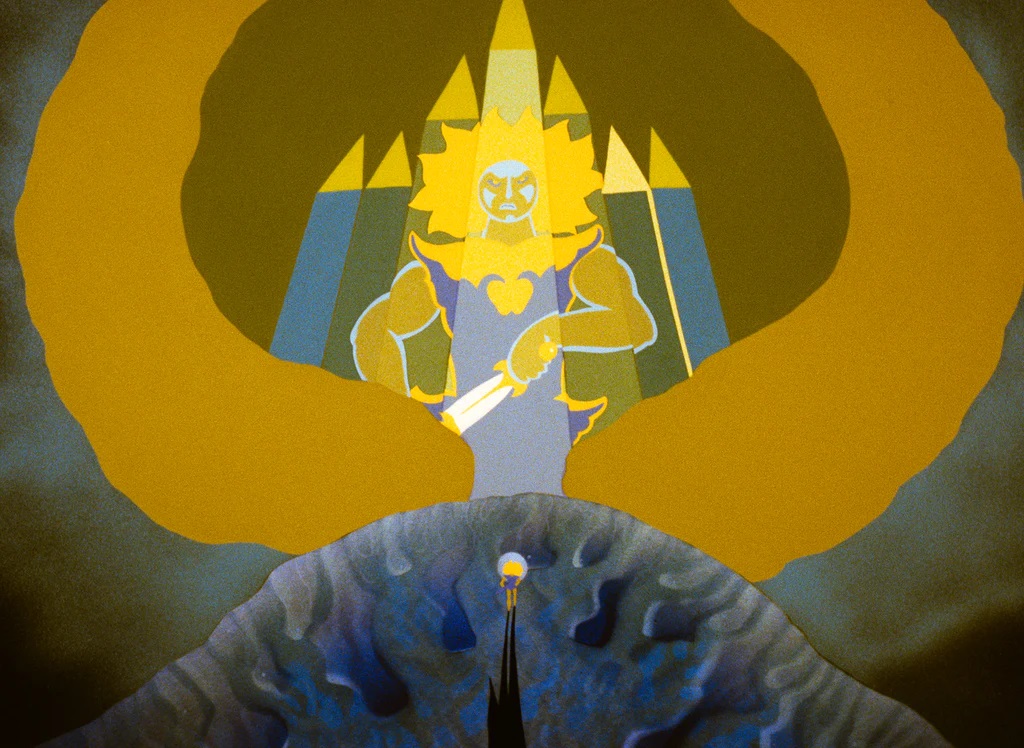
Courtesy of Arbelos films.
Narratively, the film merges elements of Germanic folk tales, such as the importance of the number three, with adventure elements more common in classic quest stories, such as Treeshaker consistently performing feats of strength and showing little weakness. Beyond that, the strongest feature of “Son of the White Mare” is its color palette. A bulk of the film’s background is black or dark blue, allowing for certain parts of characters to pop out, from the white fur of the Mare to the fiery yellow hair of Treeshaker. Mix that with the unique character designs, merging both sharp, boxy villains with round, muscular heroes, and you’re left with a vibrant film that encapsulates classic storytelling.
If you’re looking for a hero’s journey that’s a feast for the eyes, then I recommend “Son of the White Mare.”
I have a special love for and fear of science fiction movies that focus on artificial intelligence. Part of this love comes from my STEM-interested youth and part of this fear comes from the terrifying reality we’re approaching, but the niche has always fascinated me. Of course “2001: A Space Odyssey” (1968) and “Ex Machina” (2014) stand out as well-known examples, but I similarly enjoy lesser-known films such as the Disney Channel original movie “Smart House” (1999) and the animated film “Delta Space Mission.”
“Delta Space Mission,” which is considered “Romania’s first animated feature-film,” is set in the year 3084 and follows Alma (Mirela Gorea), an alien journalist who’s covering the launch of the Delta spaceship. While exploring the Delta, she encounters a super computer who falls in love with the reporter and goes extreme lengths to capture her.

Courtesy of Deaf Crocodile.
While “Fantastic Planet” and “Son of the White Mare” are more thought-provoking animations, “Delta Space Mission” is simply a fun film. Watching this computer go out of its way to track Alma consistently is absurd and never fails to keep the attention of the viewer. This entertainment is further exemplified with the color palette of the characters, as Alma is wearing a light yellow jumpsuit with brick red accessories that perfectly contrasts the earth tones in the background. Plus, synth makes up a core component of the score, which is one of the most important features to making a delightful science fiction adventure.
Energetic, bizarre and with a less-than-70-minute runtime, “Delta Space Mission” is the perfect film for your daily dose of fun.
Among the many fears that developed after World War II, the threat of mutual assured destruction has continued to fester. Although we now possess a greater understanding of the repercussions of nuclear warfare, this insight only fuels the terror, acknowledging the inevitability of our own demise. And it’s this horror that inspired the British animated film “When the Wind Blows.”
Released in 1986, “When the Wind Blows” follows Jim (John Mills) and Hilda (Peggy Ashcroft), a middle-aged couple living in the English countryside, who attempt to survive after a nuclear missile attack. The film is based on a graphic novel by Raymond Briggs and directed by Jimmy Murakami; the duo worked together four years prior on the animated short “The Snowman” (1982).
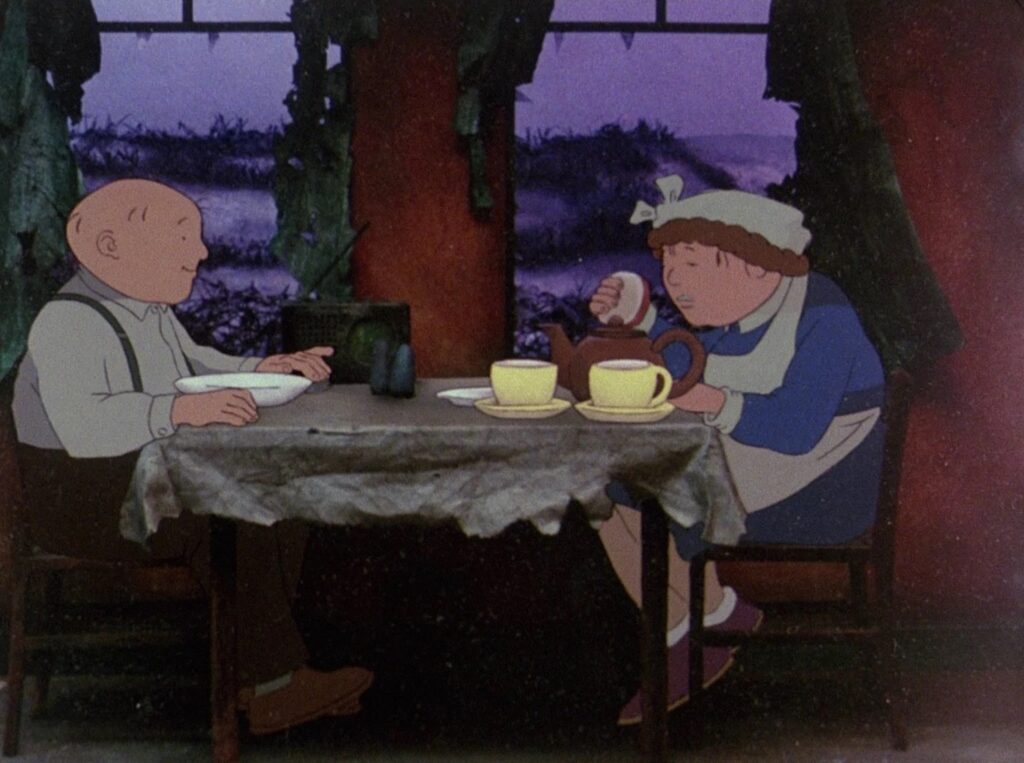
Courtesy of Severin Films.
I think it’s important to note this short film when talking about “When the Wind Blows,” firstly because the incredibly different tones are funny, and secondly, because of the similarities in character design. Both feature round-faced characters with simple facial features, such as the light pink in their rosy cheeks that emanate a warmth in the world. Though, in the case of “When the Wind Blows,” this lightheartedness slowly dissipates as the green fields of Sussex turn into a gray, desolate wasteland and the middle-aged couple begin to develop radiation poisoning. The film also merges various mediums such as newsreels, 3D sets/props and even paper puppets to highlight the dangers of nuclear warfare and the reality that there are no winners in war.
From the complex characters to the haunting soundtrack, featuring a score produced by Pink Floyd bassist Roger Waters and a title song by David Bowie, “When the Wind Blows” is an underrated, yet timely, anti-war masterpiece.
Eythen Anthony (he/him) (23C) is a Creative Writing and Psychology major from West Virginia. His writing has been featured in the Viral Plays Project and the Lenaia Playwriting Festival. He's also a finalist for the 2019 Crossword Hobbyist Crossword Scholarship. In his free time, Anthony enjoys collecting Blu-rays, attending punk shows and reading. Contact Anthony at eythen.aaron.anthony@emory.edu.

